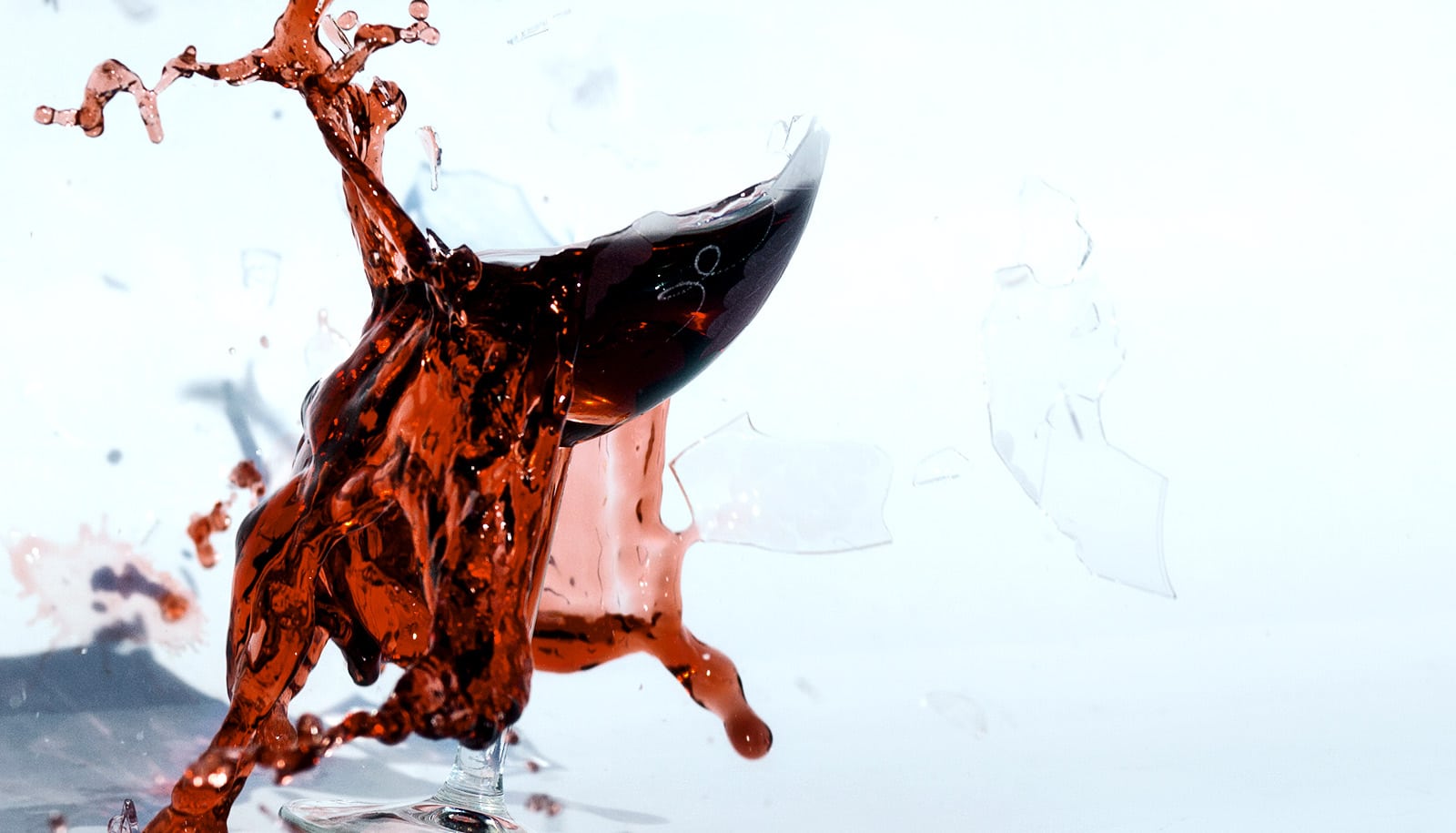A new book looks at the science, technology, and history of the relationship between wine and glass.
Jim and Penelope Shackelford’s love of wine, combined with his career as a materials scientist at the University of California, Davis, has produced a book, The Glass of Wine: The Science, Technology and Art of Glassware for Transporting and Enjoying Wine (Wiley, 2017).
“Seeing the world of grape growing and winemaking close at hand while continuing to do research on glass, along with our increasingly sophisticated touring of the wine country… created the nucleus of an idea—glass plays a unique role in wine culture, and it is a story worth telling,” the Shackelfords write in Chapter 1.
Hear the Shackelfords discuss the new book:
“It’s an almost perfect surface for wine,” Jim Shackelford says of glass. It is transparent, so you can appreciate the color and clarity of the wine; and it does not interact with the wine, leaving the flavor untainted.
Penelope Shackelford, an arts writer and blogger and former teacher, says, “When I drink wine, I am taken to where it came from… the grapes, the soil, the landscape, the geography, the people, and all of that, the earth, the elements—everything (that) comes together to produce that glass of wine.”
It is “a very, very elegant drink,” she says, adding that she cannot imagine having a glass of wine out of a cup or a plastic glass. “I want the instrument I’m using to drink it to match the elegance of the wine.”
The Shackelfords’ book delves into the technicalities of ionic bonds and structural properties as well as the history of glassmaking and its long relationship with wine, the importance of clarity and shape, different shapes and styles of stemware, corks and stoppers, and the relationship among air, glass, and wine
Order wine to suit your ‘vinotype’ instead of your entrée
“What I found fascinating was the relationship between air and wine,” Jim Shackelford says. A tiny amount of air makes its way through the cork as wine matures, and this can change flavors over time. Whether to uncork wine early to “let it breathe” depends very much on the wine; some are traditionally decanted to create a wide surface exposed to air.
“There’s a complex dance of air and wine,” he says.
Glassmaking originated about 4,000 years ago, although winemaking had been practiced much longer than that. A major innovation was the invention of glassblowing about 200 BCE.
A second major innovation came in the 18th century, when glassmakers near Venice began to produce exceptionally clear and elegant stemware. Around the same time, the English glassmaker George Ravenscroft began making high-quality “leaded crystal” glass. Clarity of glass generated a demand for better, clearer wine.
The future of glass and wine will be tied up with sustainability, the Shackelfords predict. A large proportion of the energy used in the wine industry involves the production and shipping of glass containers. “You can recycle glass, but for wine you have to recycle the right glass,” Penelope Shackelford says.
Source: UC Davis



